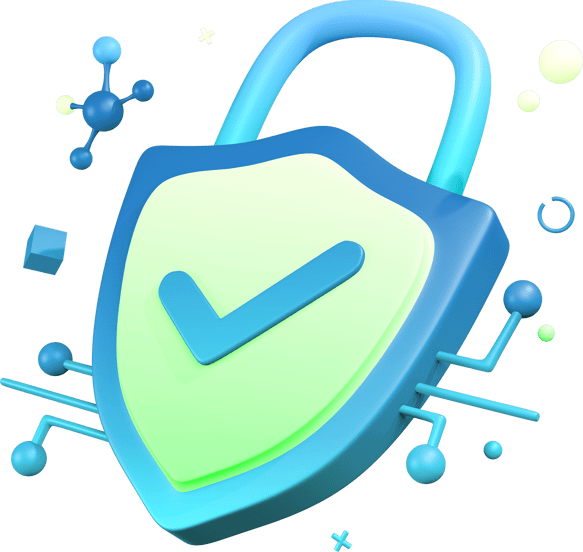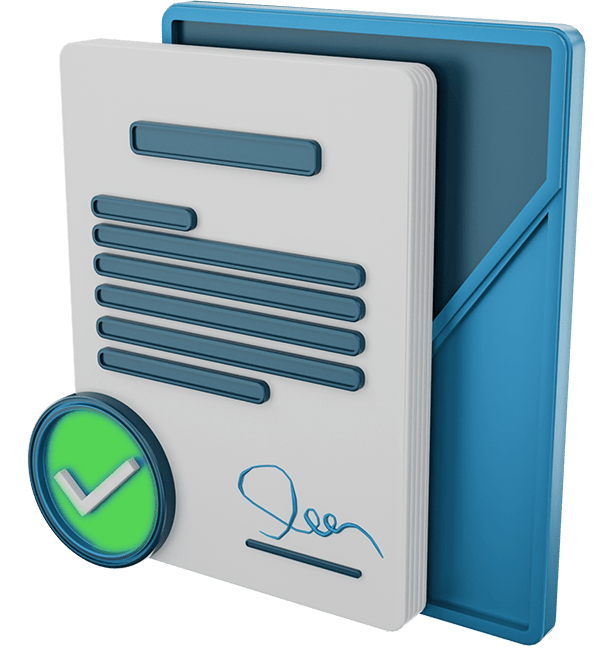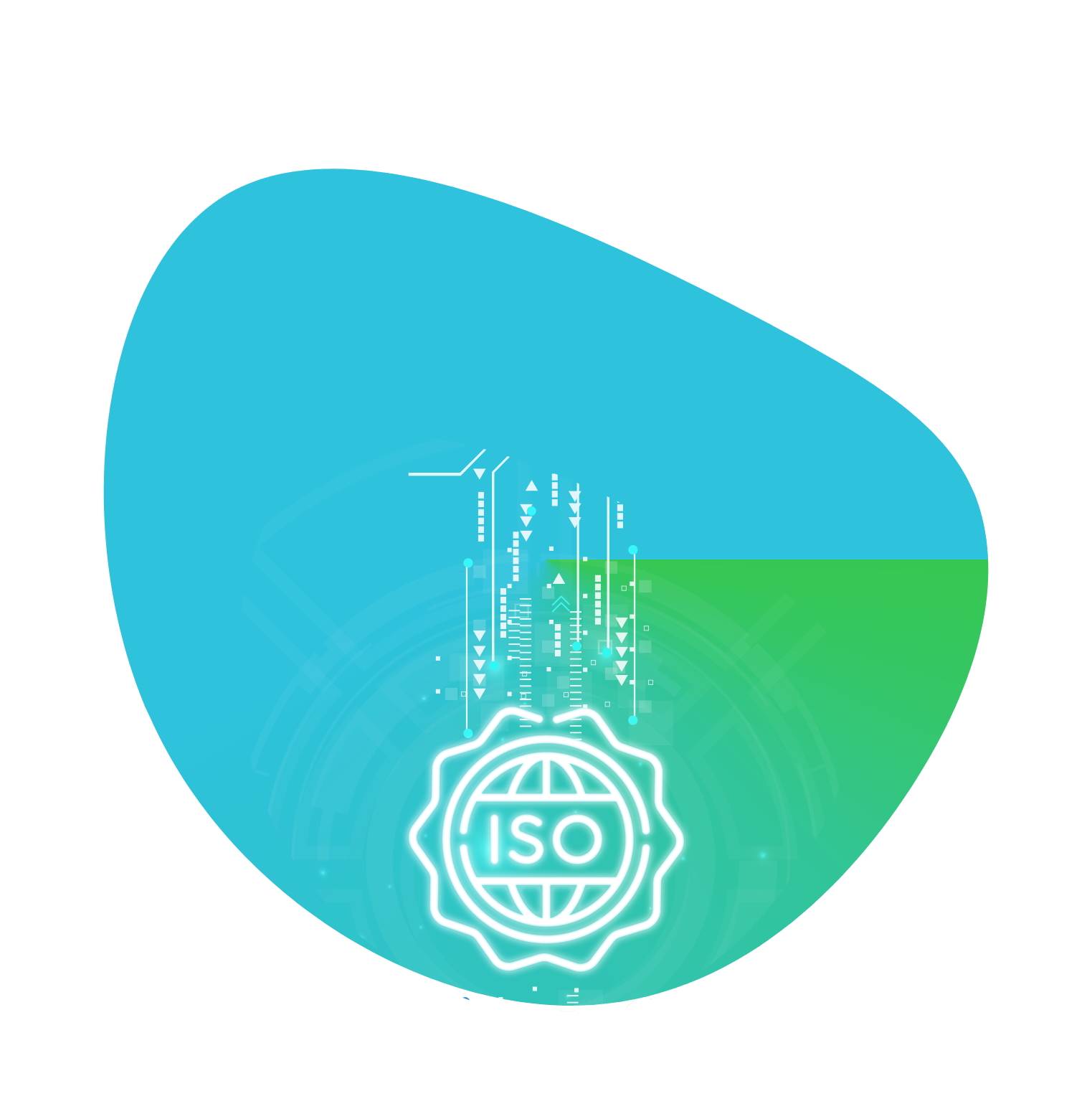🇺🇸 Language
The International Standard for Risk Management ISO 31000
ISO 31000 is an international standard for risk management. It provides guidelines and principles for establishing, implementing, operating, monitoring, reviewing, maintaining, and continually improving risk management processes within an organization. ISO 31000 is designed to help organizations of all sizes and industries manage risks effectively by providing a structured and systematic approach.

ISO STANDARDS
ISO STANDARDS
The components of ISO 31000
• Principles
• Framework
• Process
• Integration
• Continuous Improvement
• Customization

The methodology of ISO 31000
Establish the Context: Define the scope and boundaries of risk management. Identify internal and external factors that can influence the organization's risk profile. Determine risk criteria and risk appetite
Risk Identification: Identify potential risks that could impact the achievement of the organization's objectives. This involves gathering information from various sources, including stakeholders, processes, and external environments
Risk Assessment: Assess the identified risks by evaluating their potential impact and likelihood of occurrence. This step helps prioritize risks for further analysis and treatment
Risk Evaluation: Evaluate the significance of the assessed risks in the context of the organization's risk criteria. This step helps determine which risks require immediate attention and which can be managed over the longer term
Risk Treatment: Develop and implement strategies to treat or mitigate the identified risks. This could involve avoiding, transferring, reducing, or accepting the risks. The chosen treatment strategies should align with the organization's risk appetite
Monitoring and Review: Regularly monitor and review the effectiveness of the risk treatment strategies. Update risk assessments based on new information, changes in the organization's environment, or evolving risk scenarios
Communication and Consultation: Engage stakeholders and communicate risk information transparently. This step ensures that everyone is aware of the risks and their potential impacts
Documentation: Document the entire risk management process, including risk assessments, treatment plans, and monitoring activities. Documentation helps maintain accountability and transparency
Continuous Improvement: Continuously improve the risk management process based on feedback, lessons learned, and changes in the organization's context
Embedding Risk Management: Integrate risk management into the organization's culture, processes, and decision-making. Encourage employees at all levels to be aware of and actively manage risks


Methodology of ISO 31000
Establish the Context: Define the scope and boundaries of risk management. Identify internal and external factors that can influence the organization's risk profile. Determine risk criteria and risk appetite.
Risk Identification: Identify potential risks that could impact the achievement of the organization's objectives. This involves gathering information from various sources, including stakeholders, processes, and external environments.
Risk Assessment: Assess the identified risks by evaluating their potential impact and likelihood of occurrence. This step helps prioritize risks for further analysis and treatment.
Risk Evaluation: Evaluate the significance of the assessed risks in the context of the organization's risk criteria. This step helps determine which risks require immediate attention and which can be managed over the longer term.
Risk Treatment: Develop and implement strategies to treat or mitigate the identified risks. This could involve avoiding, transferring, reducing, or accepting the risks. The chosen treatment strategies should align with the organization's risk appetite.
Monitoring and Review: Regularly monitor and review the effectiveness of the risk treatment strategies. Update risk assessments based on new information, changes in the organization's environment, or evolving risk scenarios.
Communication and Consultation: Engage stakeholders and communicate risk information transparently. This step ensures that everyone is aware of the risks and their potential impacts.
Documentation: Document the entire risk management process, including risk assessments, treatment plans, and monitoring activities. Documentation helps maintain accountability and transparency.
Continuous Improvement: Continuously improve the risk management process based on feedback, lessons learned, and changes in the organization's context.
Embedding Risk Management: Integrate risk management into the organization's culture, processes, and decision-making. Encourage employees at all levels to be aware of and actively manage risks.
Business Line
CyberSecurity
We aim to support our clients' Cyber Security through the whole journey and fulfill roadmaps requirements
Digital Transformation
Is the profound shift that organizations undergo by integrating digital technologies into all aspects of their operations
The process — Behind the scenes.
Initiate Cybersecurity Operating model.
Initiate Cybersecurity Operating model
Establish an Operating Model framework
Initiate Cybersecurity Operating model
Establish an Operating Model approach
Initiate Cybersecurity Operating model
Defining Vision, Principles, Capabilities.
Initiate Cybersecurity Operating model
Establish an organization Blueprint
Initiate Cybersecurity Operating model
Building an organization Roadmap
Initiate Cybersecurity Operating model
Implementing an organization Blueprint
Initiate Cybersecurity Operating model
Nozom will support you in this through:
Plan the implementation of your service management system.
Implementation of the service management plan.
Monitor measurement and review goals to achieve targets.
Manage defining continuous improvement procedures.

The process — Behind the scenes.
Initiate Cybersecurity Operating model.
Establish an Operating Model framework.
Establish an Operating Model approach.
Defining organization Vision, Principles, Capabilities.
Establish an organization Blueprint.
Building an organization Roadmap.
Implementing an organization Blueprint.
something good about how the work is done
Web Design
Ceating brand identities, digital experiences, and print materials that communicate clearly.
― Learn more
Exclusive
Digital Marketing
Ceating brand identities, digital experiences, and print materials that communicate clearly.
― Learn more
Search Engine Optimization
Ceating brand identities, digital experiences, and print materials that communicate clearly.
― Learn more
Social Media
Ceating brand identities, digital experiences, and print materials that communicate clearly.
― Learn more



10+
Years of Operation
Our team have been running well about 10 years and keep going.
98%
Positive Feedback
Our team have been running well about 10 years and keep going.
2,664
Projects Completed
Our team have been running well about 10 years and keep going.
Hear from
happy
customers.
We have three projects with this template and that is because we love the design, the large number of possibilities to customize the template and the support received. We recommend it!

Ray Charles
Netflix Chief Designer
HUB is by far the best theme here in Themeforest, I don't think anyone can match it's code quality, design or anything anytime soon! I hope you sell 10 million copies, I'm soooo glad I found it

Markfortez
Envato User
I’m only just starting to work with this theme, but so far it looks great and extremely customizable. Not everything was clear to me though, but the support has been absolutely amazing.

Divinginwonderland
Envato User

I would give LiquidThemes are five stars for each category if I could! I LOVE the demo site I was able to easily download and customize - I’m going to have the best portfolio site ever! Yay microinteractions!

Brukmaxwell
Envato User
Make A Request
— 97.6 Customer Satisfaction
Hear from
happy
customers.
Bring your ideas to life with an intuitive visuals editor. Create, edit, and customize your website visually and see the changes instantly.


We have three projects with this template and that is because we love the design, the large number of possibilities to customize the template and the support received. We recommend it!

Ray Charles
Netflix Chief Designer
HUB is by far the best theme here in Themeforest, I don't think anyone can match it's code quality, design or anything anytime soon! I hope you sell 10 million copies, I'm soooo glad I found it

Markfortez
Envato User
I’m only just starting to work with this theme, but so far it looks great and extremely customizable. Not everything was clear to me though, but the support has been absolutely amazing.

Divinginwonderland
Envato User

I would give LiquidThemes are five stars for each category if I could! I LOVE the demo site I was able to easily download and customize - I’m going to have the best portfolio site ever! Yay microinteractions!















